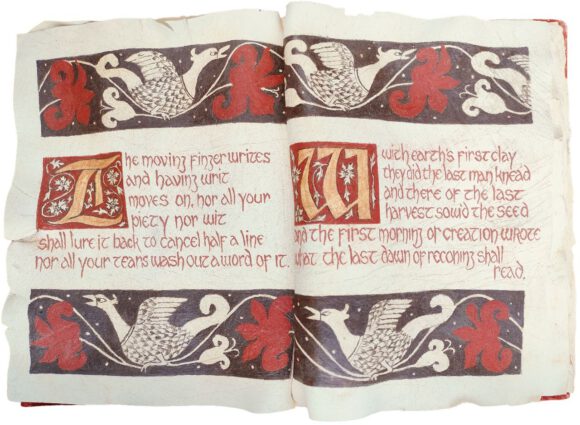Welcome to Omariana

Omariana is a website about Omar Khayyám, his Rubáiyat and related matters.
Here you will find information on new editions, translations, books and articles and related material.

Omariana is a website about Omar Khayyám, his Rubáiyat and related matters.
Here you will find information on new editions, translations, books and articles and related material.